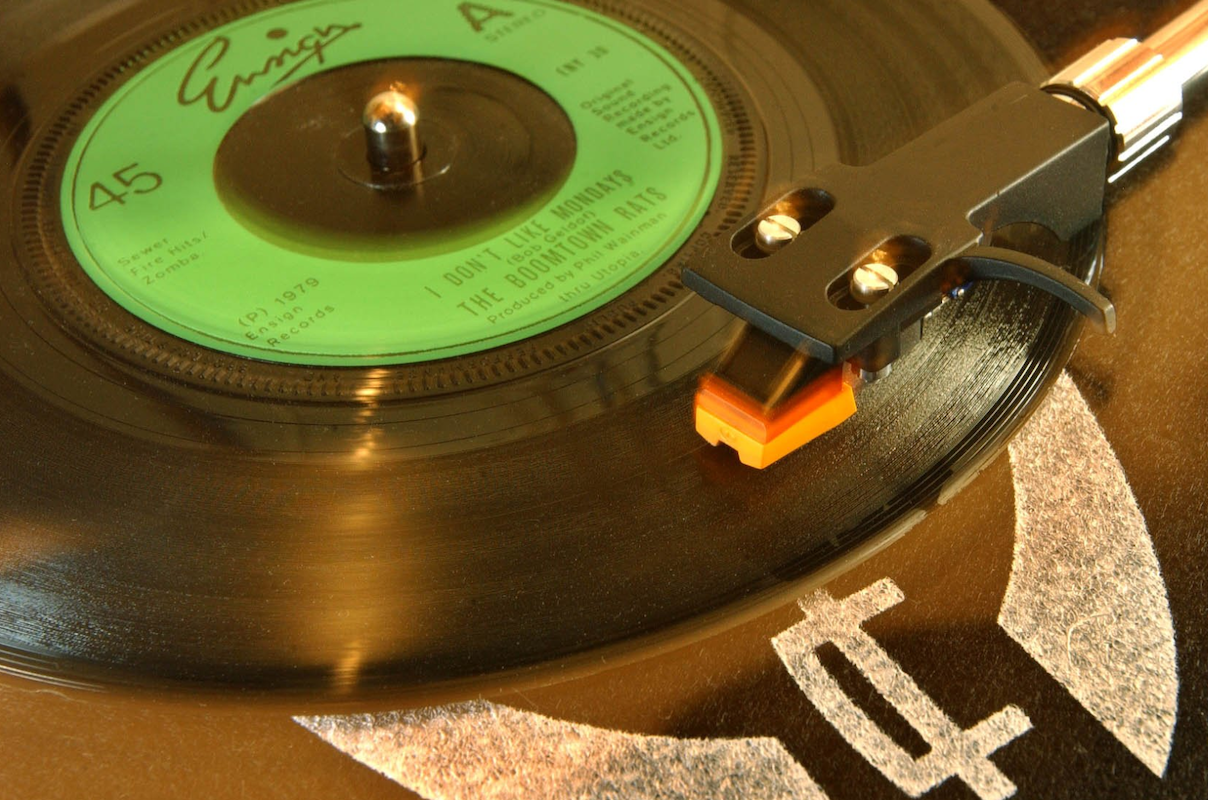For vinyl collectors, nothing compares to the thrill of discovering a first pressing — that original run straight from the earliest batch of records ever made.
But in today’s world of reissues, bootlegs, and reproductions, telling a true first pressing from a later edition can be tricky — even for seasoned collectors.
So, how can you be sure the record in your hands is authentic? Whether you’re a new enthusiast or an experienced digger, this guide will help you identify first pressings and genuine vinyl editions like a pro.
1. What Is a “First Pressing”?
A first pressing refers to the initial batch of records produced right after an album’s release. These are the copies that came directly from the original master plates and were often made in smaller quantities.
Collectors value first pressings for their:
-
Superior sound quality (from fresh master plates)
-
Historical significance (closest to the artist’s original release)
-
Rarity and value (especially if later versions changed the mix, artwork, or label)
For example, a 1967 first pressing of The Beatles – Sgt. Pepper’s Lonely Hearts Club Band can be worth hundreds — or even thousands — more than a later reissue.
2. Check the Catalog Number
The catalog number is one of your best clues. It’s typically printed on:
-
The record label (near the center spindle hole)
-
The spine or back cover
Each release of an album — including reissues, repressings, or international editions — usually has a different catalog number.
Compare yours to listings on trusted ndatabases like Discogs. If your catalog number matches the earliest known entry, you may have a first pressing.
Pro tip: First pressings often have simpler or shorter catalog numbers (e.g., “PCS 7027” vs “PCS 7027-A2”).
3. Inspect the Matrix and Runout Etchings
The runout area — the blank space between the final track and the label — is where the real secrets are etched.
Look closely (under good lighting) and you’ll find a combination of:
-
Matrix numbers — unique codes assigned to each master
-
Stampers and mothers — identifying which metal plates were used
-
Engineer initials or mastering marks
These markings reveal when and where a record was pressed.
For instance:
-
A “-1” in the matrix (like YEX 749-1) usually indicates an original cut.
-
Later reissues may show “-2” or higher, meaning they were made from later master plates.
4. Examine the Record Label Design
Record labels — the printed area in the center of the disc — often change between pressings.
Pay attention to:
-
Logo variations (e.g., EMI, Capitol, or RCA changes)
-
Font and color differences
-
“Made in…” country marks
For example, the earliest Led Zeppelin I pressings used the turquoise Atlantic label, later changed to orange. That small color difference can mean a price difference of hundreds of dollars.
5. Study the Sleeve and Artwork
The album sleeve itself can reveal whether you’re holding a first pressing or a later edition.
Things to look for:
-
Printing details: Early sleeves often list printer names (Garrod & Lofthouse, Shorewood, etc.)
-
Text alignment: Typos or layout changes between versions are common clues
-
Laminated vs matte finishes: Many first pressings had laminated covers later replaced with cheaper matte stock
Bonus tip: Inserts and posters often differ between editions. For example, original Dark Side of the Moon LPs included posters and two stickers — missing these can lower the value.
6. Compare Weight and Pressing Quality
Vintage first pressings often used heavier vinyl — sometimes up to 180g or more — giving them a thicker, sturdier feel.
Reissues from the 1980s and 1990s tended to use lighter vinyl as cost-saving measures.
While modern audiophile reissues also use 180g vinyl, you can usually tell by pairing this detail with the other identifiers (matrix, labels, catalog numbers).
7. Identify the Country of Origin
First pressings typically come from the country where the album was first released.
For example:
-
A UK first pressing of Abbey Road is worth more than a U.S. reissue.
-
A U.S. first pressing of The Doors debut album holds higher value than later European versions.
When in doubt, check for small identifiers like:
-
“Made in U.K.” / “Made in U.S.A.” / “Printed in Germany”
-
Factory codes (like “U” for U.S., “E” for Europe, “J” for Japan)
8. Watch for Reissues, Repressings, and Counterfeits
Here’s a quick breakdown:
-
Reissue: Legitimate later release, often remastered
-
Repressing: Same metal plates, different batch (usually fine for collectors)
-
Counterfeit: Unauthorized copy — often lower quality and misleading
Counterfeits usually give themselves away through:
-
Blurry artwork or pixelated printing
-
Thinner vinyl
-
Inaccurate label fonts
-
Missing catalog or matrix info
At STMedia, we ensure authenticity and transparency in every listing — no counterfeits, no guesswork, just genuine records from trusted sources.
👉 Shop Authentic Vinyl Editions with confidence.
9. Cross-Check Online ndatabases and Collector Forums
If you’re unsure about a pressing, consult resources like:
-
Discogs.com — for catalog and matrix ndata
-
45cat / 33rpm Club — for label and artwork variations
-
Reddit’s r/VinylCollectors — for community insights
But remember: even ndatabases can have incomplete info. Always compare multiple sources — and if possible, ask experienced collectors or trusted retailers like STMedia for verification.
10. When in Doubt, Buy from Trusted Retailers
The safest way to collect first pressings and authentic vinyl is to buy from sellers who specialize in verified, carefully graded records.
At STMedia, we’ve helped collectors worldwide find authentic, high-quality vinyl since 2017 — from jazz masterpieces to modern indie exclusives.
We guarantee:
-
Authentic editions only (no counterfeits or unauthorized reissues)
-
Accurate condition grading
-
Secure packaging and fast delivery
👉 Explore our curated selection of rare and exclusive vinyl records — trusted by collectors everywhere.
Identifying a first pressing vinyl isn’t just about value — it’s about connection. Each authentic record is a piece of history, capturing the sound, style, and spirit of the time it was made.
From label details to matrix codes, every clue tells a story. And for true collectors, that journey of discovery is part of the magic.
At STMedia, we make that journey easier — with verified editions, rare finds, and exclusive releases you can trust.
Because when it comes to collecting, authenticity isn’t optional — it’s everything.
👉 Begin your next dig with STMedia’s Vinyl Collection — where every groove tells the truth.


